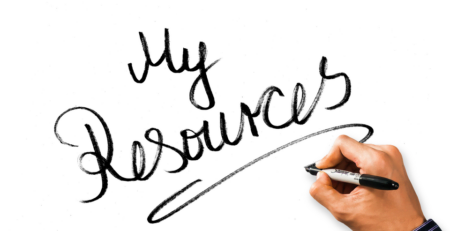Introduction
Lending is a financial transaction in which one party (the lender) agrees to lend money, property or assets to another party (the borrower) in exchange for repayment of the loan over an agreed-upon period of time, often with interest. Lending is a critical component of the economy and helps facilitate commerce, investment, and other business activities.
Types of Lending
1. Personal Loans
Personal loans are typically used for personal expenses, such as medical bills, car repairs, or home renovations. They are unsecured, meaning borrowers don’t have to put up collateral to secure the loan. Personal loans may have higher interest rates than secured loans because of the increased risk to lenders. However, they can be easier to obtain and have a quicker application process compared to other types of loans.
2. Secured Loans
Secured loans are loans that require collateral. The collateral can be any asset that has value equal or greater than the amount of the loan. Mortgages, car loans, and home equity loans are examples of secured loans. If the borrower defaults on the loan, the lender has the right to seize the collateral to recover their loss.
3. Business Loans
Business loans are loans that help businesses meet their financial needs. These types of loans can be secured or unsecured. Business loans can be used for a variety of purposes, such as expanding operations, purchasing inventory, or buying equipment. The borrower’s credit history, business experience, and business plan typically influence the lender’s decision to approve the loan.
4. Payday Loans
Payday loans are short-term loans that are typically due on the borrower’s next payday. They are usually small, ranging from a few hundred to a few thousand dollars. Payday loans often have extremely high interest rates, and borrowers can get into debt cycles if they are unable to repay the loan on time.
5. Student Loans
Student loans are loans that fund the education of students. These loans are typically unsecured and are either government-backed or private. Government-backed loans typically have lower interest rates and more favorable repayment terms than private loans. Students are usually required to start repaying their loans after they graduate or leave school.
Lending Process
The lending process typically involves the following steps:
1. Application:
The borrower submits a loan application, which includes personal and financial information. The lender reviews the application and determines whether to approve or deny the loan.
2. Underwriting:
Once the loan is approved, the lender conducts underwriting to determine the risk of the loan. This step involves analyzing the borrower’s credit history, income, and other factors to determine the likelihood of repayment.
3. Approval:
If the loan passes underwriting, the lender approves the loan and sets the terms and conditions. This includes the amount of the loan, the interest rate, and the repayment period.
4. Disbursement:
The lender disburses the loan to the borrower. Disbursement can occur in a variety of ways, such as a direct deposit into the borrower’s bank account or a check.
5. Repayment:
The borrower must make payments on the loan according to the agreed-upon terms. This includes the repayment period, the amount of each payment, and the due date. Late payments can result in fees or penalties, and failure to repay the loan can result in default.
Lending Best Practices
1. Determine your needs:
Before applying for a loan, determine how much money you need and the purpose of the loan. This can help you avoid taking on too much debt or using the loan for inappropriate purposes.
2. Shop around:
Look at multiple lenders and compare their rates and terms. This can help you find the best deal and avoid predatory lending practices.
3. Read the fine print:
Make sure you understand the terms and conditions of the loan before signing. This includes the interest rate, repayment period, and any fees or penalties.
4. Pay on time:
Make your payments on time to avoid late fees and penalties. Late payments can also negatively impact your credit score.
5. Consider alternative options:
Before taking on a loan, consider alternative options, such as borrowing from friends or family, crowdfunding, or selling personal items.
FAQs
1. What is the difference between secured and unsecured loans?
Secured loans require collateral, while unsecured loans do not. Secured loans typically have lower interest rates because there is less risk to the lender.
2. How do I get a loan?
To get a loan, you must apply with a lender. The lender will review your application and determine whether to approve or deny the loan.
3. How long does it take to get a loan?
The length of time to get a loan depends on the lender and the type of loan. Some loans may be approved in a few minutes, while others may take several weeks.
4. What is the interest rate on a loan?
The interest rate on a loan depends on several factors, including the borrower’s credit history, income, and the type of loan. Interest rates can range from a few percent to over 20%.
5. What happens if I can’t repay my loan?
If you can’t repay your loan, you may be charged late fees or penalties. The lender may also take legal action to recover the money.
Conclusion
Lending is an essential component of the economy and helps individuals and businesses meet their financial needs. It is essential to understand the different types of loans, the lending process, and best practices to make informed decisions about borrowing. By following best practices and understanding the terms and conditions of loans, borrowers can take on debt responsibly and achieve their financial goals.












Leave a Reply